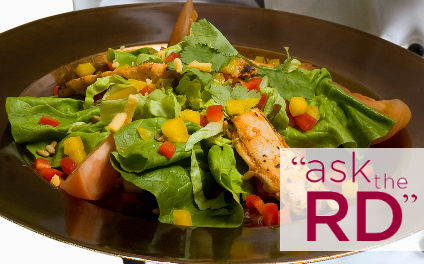While many diets rise and fall in popularity over the years, there are a few nutrition principles that have stood the test of time. When it comes to weight loss, the amount of calories you take in is directly related to the numbers on the scale; however, it is important to still have your plate balanced with all of the major food groups. Some of the lowest calorie foods are vegetables (that aren’t prepared with high-calorie ingredients, like butter and oil) and fruits, which is why these are often staples in any weight loss diet. Lean protein (such as poultry, fish, beans, nuts, etc.) and whole grains that are rich in fiber (think brown rice, whole grain bread, etc.) should also be a part of a weight loss diet, because they help you feel satisfied and stay full for a longer period of time. Low-fat dairy products like skim milk and Greek yogurt are also an important part of your diet, because they not only provide calcium, which is vital for your bone health, but also are another good protein source.
When dining out, try to stick as closely as possible to your balanced meal, and remember these five tips:
- Choose lean protein with low-fat, low-calorie preparation methods, such as grilling, broiling, steaming, or baking.
- Keep in mind that many restaurant portion sizes are larger than suggested, so order a “to-go” container with your order and place part of your meal in the container before you begin your meal.
- Make a plan before you go out, either by logging onto HealthyDiningFinder.com, making use of the Healthy Dining mobile site, or visiting the restaurant’s website.
- Fill your plate with steamed vegetables (without butter) and a tossed green salad with a touch of dressing.
- Remember that there are calories in alcoholic and most sweetened beverages (like soda and juice), so try to stick with water or unsweetened iced tea.

